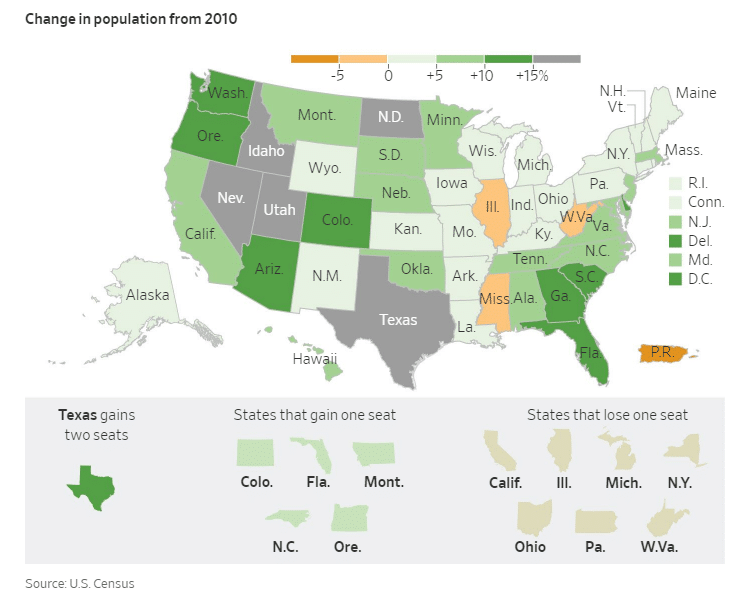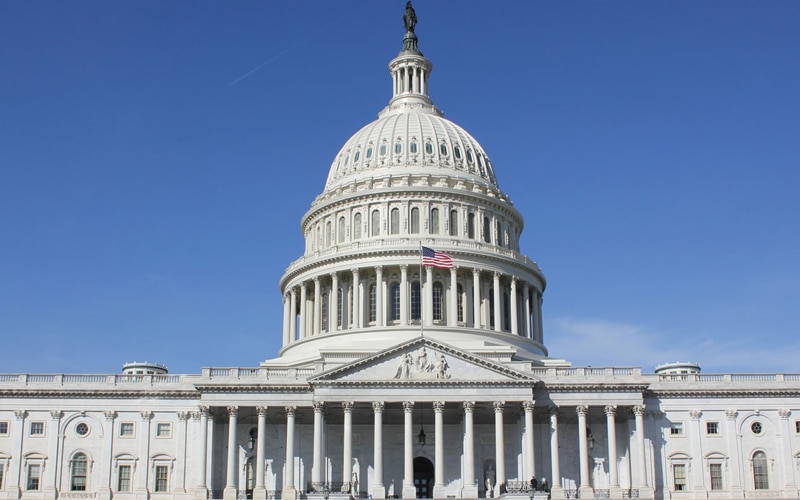Thirteen states are likely to gain or lose seats in the U.S House in next year’s elections based on a formula set in a 1941 law, according to The Wall Street Journal. Through the exercise of a constitutional once-a-decade reapportionment, states in the South and Mountain West of the U.S are tipped to gain more political power.

The electoral shifts reflect population changes, with slow growth recorded in the Northeast and Midwest while the South and Some Western states have gained.
The reapportionment will allow Texas to add two House seats.
California, Michigan, Illinois, Ohio, New York, Pennsylvania, and West Virginia will lose one seat each.
Colorado, Florida, North Carolina, Montana, and Oregon will add one seat each.
Republicans are expected to gain more from the changes since red-leaned states are acquiring more seats while GP has more power in redrawing new congressional maps.
The reapportionment data could trigger political decisions among lawmakers on whether to run statewide or retire which could open opportunities for new candidates.
The Census Bureau is expected to release detailed population counts starting August that will be used to redraw congressional and legislative districts.
The U.S population expanded by 7.4% in the last decade, and reached 331,449,281 on April 1, 2020.


